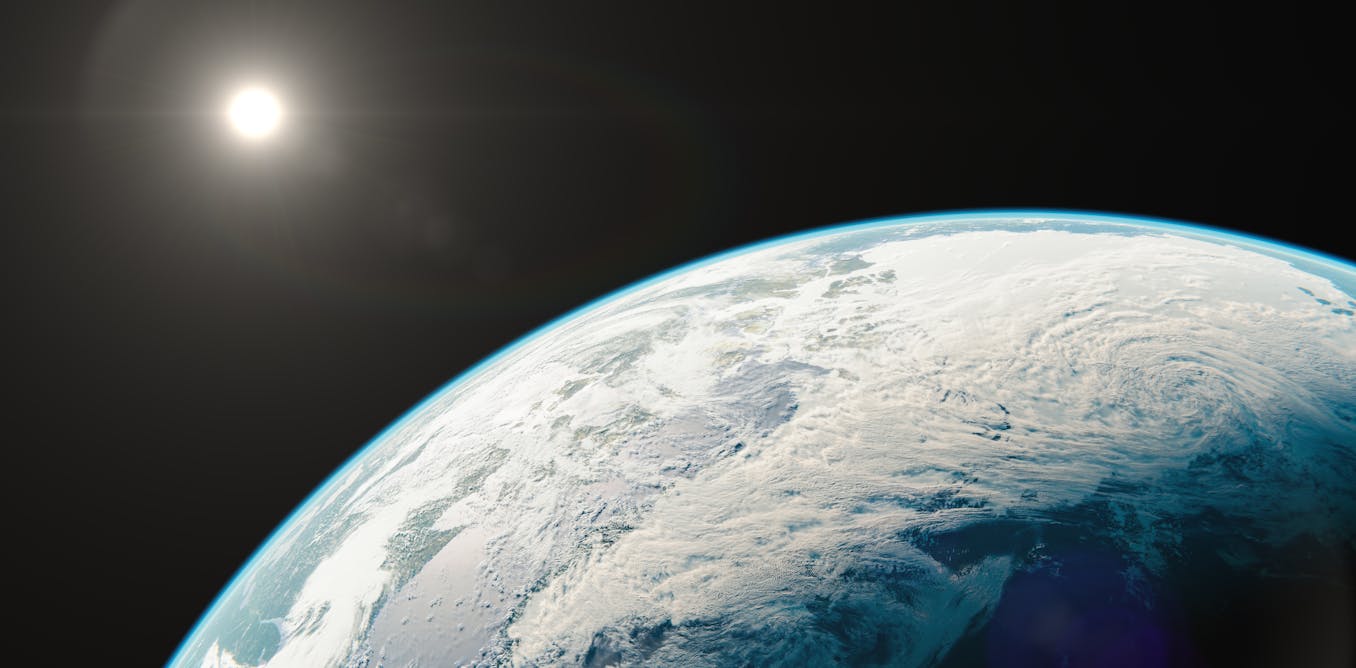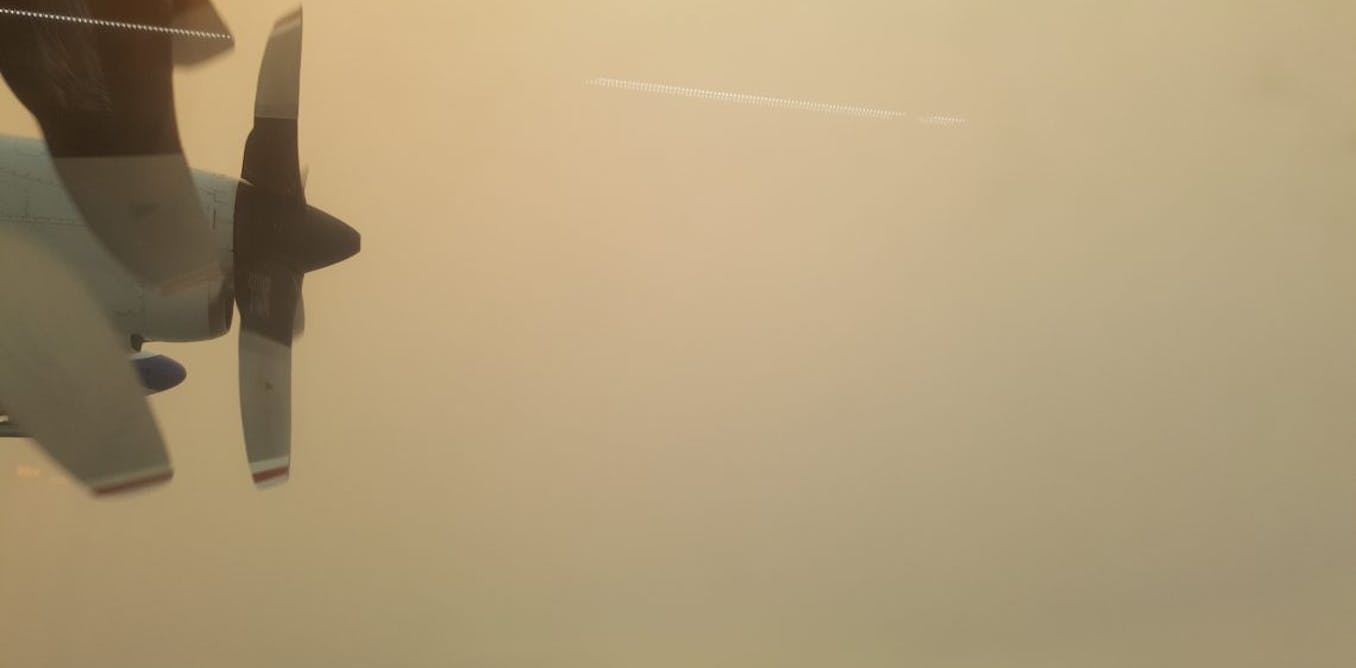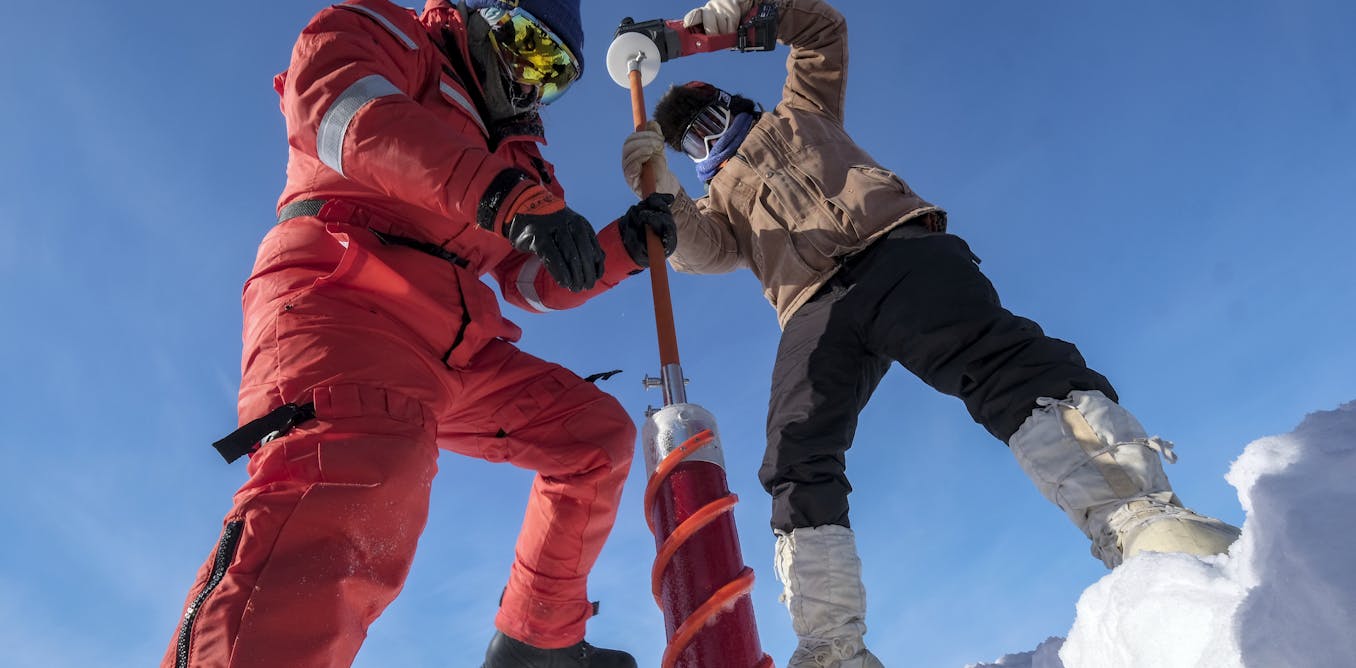Why does it take longer to fly from east to west on an airplane?
When planes fly from east to west, they are flying against a river of air called a jet stream. These air currents can make your flight longer or shorter, depending on which way you are going.
Jan. 25, 2021 • ~5 min






